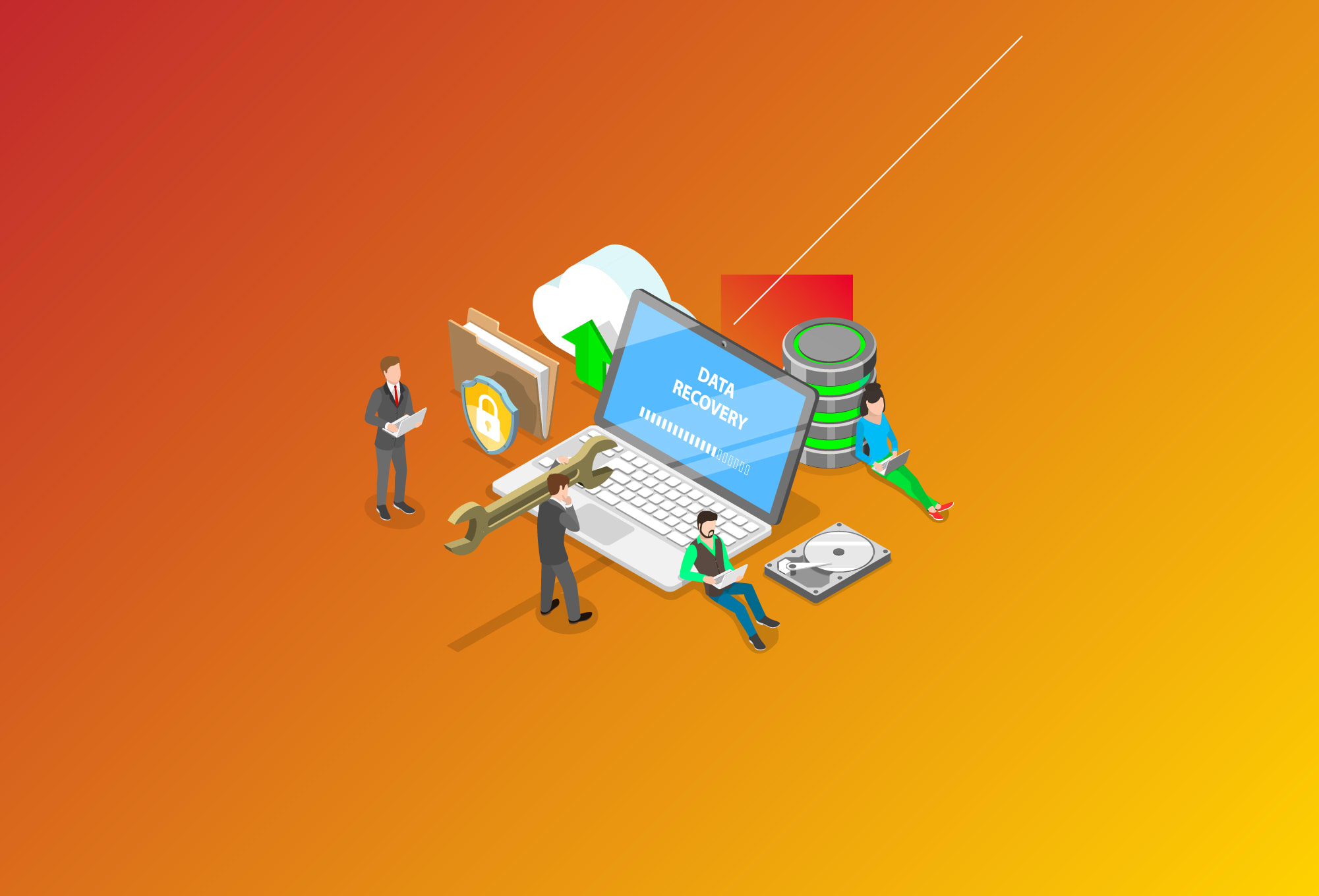The benefits of multifactor authentication for SMBs are significant and varied, serving as a key component of your cybersecurity policy.
It shouldn’t come as much of a surprise to executives and IT decision makers that the dangers of cyberattacks are greater in 2020 than they’ve ever been in the past.
96% of IT decision makers believe their organizations are susceptible to external cyberattacks.
An overwhelming number of decision makers are aware of the threat from cybercriminals, and an estimated 71% of SMBs are not prepared for cybersecurity risks today.
Cyberattacks can be prohibitively costly, often resulting in loss of business, and unfortunately in many cases, bankruptcy.
To put it mildly, the stakes are high, particularly for SMBs, which typically don’t have the resources to be able to cope with the consequences of a data breach, let alone the heavy fines that can be levied against companies.
This is where a proper cybersecurity policy comes in, and where the benefits of multifactor authentication and similar protective measures become apparent.
Let’s take a look at why MFA is important, and the benefits of implementing this quite simple policy company-wide.
What Is Multifactor Authentication?
Multifactor authentication, or MFA, is a method of identifying individuals who are attempting to login to device or service.
It does this by requiring multiple means of identification in order to access what you want. These are typically:
- Password or PIN
- Device
- Fingerprint
If you use mobile online banking, you’ll probably be familiar with the app asking you for your password and fingerprint; or if you’re logging onto an online service, you may be asked to send a code to your mobile device to verify.
MFA has become increasingly popular over the last few years for a number of reasons—namely; they help protect your accounts being accessed by bad actors, and they help prevent against common automated attacks, like brute force attacks.
Microsoft estimates that using MFA stops 99% of all automated brute force attacks.
Human Error and Getting People Out of Reach
The simple fact is that when a data breach occurs in a business, the overwhelming probability is that one of the employees was the root cause of it—usually through carelessness.
Of course, when it comes to passwords, people are notorious for selecting weak combinations and having the same credentials across multiple accounts—goldmines from a hacker’s perspective.
37% of credential theft breaches use stolen or weak credentials.
In essence, the purpose of MFA is to take the option of having weak passwords out of the hands of employees, and impose a system in which they are forced to have far more secure credentials.
For businesses, this should be a no-brainer, as you’re effectively removing one of the main—if not the main—avenues of attack for hackers.
Key Benefits of Multifactor Authentication
Implementing MFA in your company brings with it benefits aside from the obvious.
Compliance
Compliance has become a central aspect in putting together cybersecurity programs in place for organizations.
People are increasingly aware of their data privacy rights, and consumers will punish businesses by taking their custom elsewhere if companies don’t have a handle on protecting their information adequately.
81% of consumers would stop engaging with a brand online if it had a data breach.
The message is loud and clear: put the right protections in place that will help prevent any chance of a data breach as a result of weak credentials.
Data protection laws have made MFA for some industries mandatory, and regulations for industries will likely follow suit as laws like SHIELD and CCPA continue to expand the demands on business for information safety.
Part of a larger security plan
MFA is not of course a be-all and end-all, but just one piece of a cybersecurity strategy.
Building a strategy for cybersecurity can be an intimidating task, particularly for businesses which have very little experience in security.
You’re still going to need to do all of the things that make up a security plan, such as advanced antivirus for your endpoint security, remote monitoring for your network, and educating staff on how to avoid breaches.
Nevertheless, MFA is a low-hanging fruit for most organizations—it’s simple to implement internally and will quickly eliminate avenues of attack for cybercriminals.
Customers, customers, customers
As anyone with a smartphone will know, many large brands use multifactor authentication in 2020, and SMBs shouldn’t be too far behind when it comes to MFA.
As we previously noted, ensuring the security of customer data and information is a top priority, and companies that are lax with this will find them going elsewhere.
By implementing MFA for your customers, you’re implicitly expressing to them a very clear message: we care about your information security.
Customers will be more trusting of your service, and feel more comfortable if they know you’re taking precautions for them—so long as the process is smooth for verification.
MFA Implementation
Most businesses look towards user authentication and identity management tools as a way to get a handle on user authentication; this includes password management for everyone (employees and customers included).
These management tools allow security policy enforcement for your software, as well as monitoring of users and are available on the cloud or on-premise.
Businesses can operate these tools themselves, or outsource them to a managed security service provider, as part of a larger cybersecurity plan. Enlisting the help of an MSP or MSSP for identity and access management managed services can provide a higher level of protection.




